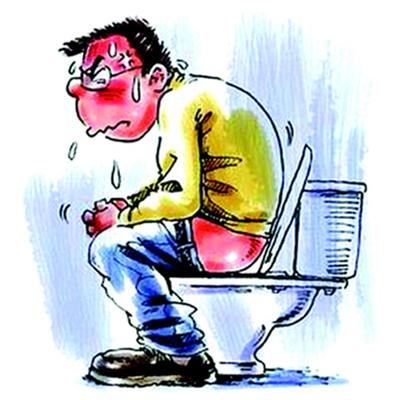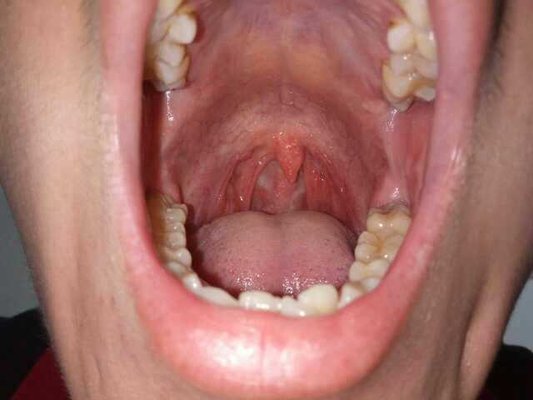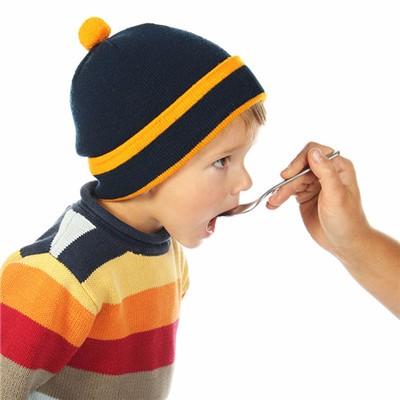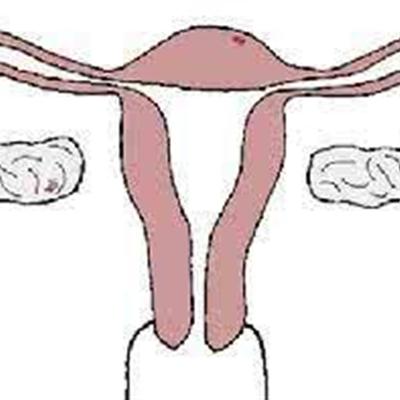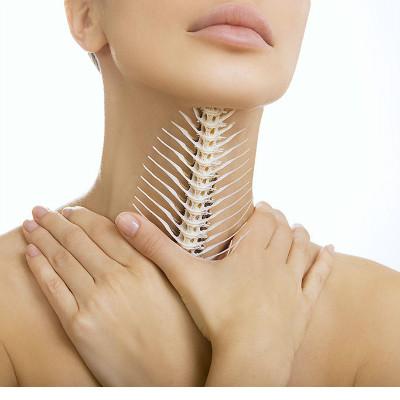Oral space infection symptoms?
summary
There are potential fascial spaces between different layers of normal maxillofacial tissues. When infection invades these spaces, purulent inflammation dissolves and liquefies the loose connective tissue, and inflammatory products fill them, then obvious spaces appear. The infection can be limited in one space, or spread along the tissue with weak resistance, forming a diffuse multiple space infection, such as the floor of the mouth. Oral space infection symptoms? Let's talk about it
Oral space infection symptoms?
The nature of infection can be suppurative or necrotic; The location of infection can be superficial or deep, it can be limited to one space, or it can spread to other spaces through less resistant tissues, forming multiple space infection, so it has different clinical manifestations.

The general local manifestations of suppurative infection are redness, swelling, heat, pain and dysfunction. If the inflammatory reaction is serious, the poisoning symptoms such as high fever, chills, dehydration, increased 100 cell count, loss of appetite and general discomfort will appear.

The local red and hot body signs of putrefactive and necrotizing infection are not as obvious as those of suppurative infection, but the local soft tissue has extensive edema, even subcutaneous emphysema, which can be touched. The symptoms of systemic poisoning are more obvious than that of suppurative infection. In a short time, systemic failure may occur, body temperature and white blood cell count are sometimes lower than normal, and even coma, toxic shock and other symptoms may appear.

matters needing attention
The treatment was based on general infection. It was mainly treated with antibiotics. In case of odontogenic infection, the pulp can be opened for drainage in the early stage. If the abscess is limited, incision and drainage should be performed as soon as possible. In general, the incision is made from the mouth. A transverse incision is made in the vestibule of the mouth, along the swelling of the gingival and buccal sulcus of the single and double canines. The mucous membrane and submucous tissue are cut directly to the bone surface for separation. If the abscess has broken or is about to break on the surface and skin, an incision parallel to the orbicularis oculi muscle can be made on the skin below the lower orbital margin of the face. After the acute stage, the lesion teeth should be treated.

